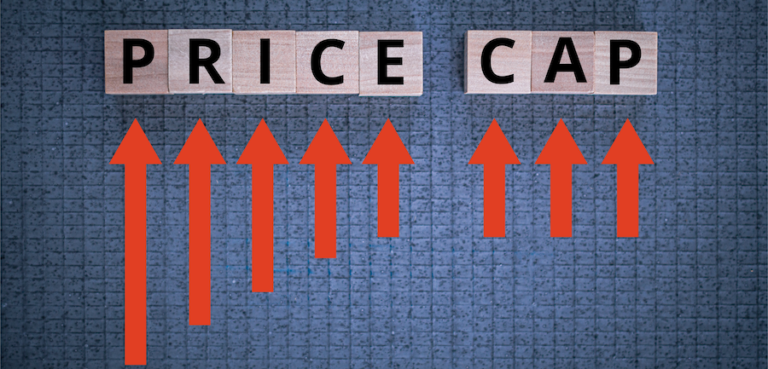
Since Russia’s invasion of Ukraine in 2022, wholesale gas prices have been extremely volatile, at points reaching all-time price highs. There has since been a slight recovery and a bit of respite for consumers. But now, it looks like there’s more trouble ahead.
In this article, we’ll explain what’s happening with gas prices at the moment and why the risk of unprecedented blackouts is closer than ever.
Price cap increase
The first problem is that the Ofgem price cap has just risen. From January 1st 2025, the yearly energy price for a typical household rose to £1,738 from £1,717. While this isn’t a massive increase, it looks like wholesale prices are rising steeply, meaning that next time the price cap is evaluated, it will have to rise sharply in alignment.
Wholesale prices are going up because, on New Year’s Day 2025, Russia’s Gazprom organisation stopped gas exports via Ukraine, ending a long-standing agreement that kept gas flowing to Eastern Europe through Soviet-era pipelines. On January 2nd 2025, wholesale prices rose 2.8% in one day.
While the UK gets most of its gas from the North Sea, the US and Qatar rather than Russia, this drop in the global gas supply will send prices spiralling higher for everyone. As well as Ukraine, gas prices have been rising throughout 2024 due to production outages in Norway and instability in the Middle East. None of this is good news for consumers.
Storage issues
Then, you come to the next problem. There are considerable concerns in the UK about gas storage. Chris O’Shea, Centrica’s CEO, warned that the UK’s gas shortage levels are dangerously low, with less than a week’s supply left.
The UK has significantly less gas storage capacity compared to its European neighbours, making it more vulnerable to surges in demand. While the UK competes with Europe for imports, Europe benefits from a vast pipeline network to share gas flexibly.
The UK hasn’t suffered with blackouts since the 1970s, but it’s a real possibility now, thanks to these storage issues. At the start of January, the National Electricity System Operator (NESO) issued an alert warning of a power shortfall. This was due to low wind speeds, gas plant outages and freezing temperatures. This situation was averted when NESO paid generating companies £17 million to increase supply, avoiding blackouts but increasing the cost to consumers.
The solution?
Wholesale gas prices are higher than ever and rising. Electricity imports into the UK are at a record high, up 40% since 2023. While the nation’s renewable infrastructure is enviable, it cannot sustain the whole network (especially when around 10% of wind power is wasted due to transmission constraints). What can be done?
Of course, in such a volatile political climate, opinions are divided. The government wants to push forward with renewables, maintaining its clean energy by 2030 target. By 2030, if the government gets its way, gas-fired power stations will only be used as a backup. The Conservative opposition is urging Labour not to shut down oil and gas drilling in the North Sea, arguing that it risks energy security at a time of global instability. The problem is that consumers are trapped in the middle of multiple ideological wars when all they want is lower bills.
Blackouts like the UK suffered in the 1970s (and countries like South Africa still experience today) would be a disaster for the country’s wellbeing, economic output and global standing. Let’s hope for all our sakes that the powers that be can engineer a solution.
